Most styles of Persian rugs are named for the city in which a specific method of weaving or look developed. So, they have names that look exotic and that provide a sense of mystique.
Ziegler rugs break from that. They are named for a company that recruited expert weavers who developed a style that is subtler than other Persian rugs. They also use a tight weave, which helps them last a long time.
There’s more to know about Ziegler rugs, of course. This article will provide you with some valuable information about what they are and how to look for a high-quality Ziegler rug.
In This Article We'll Discuss
What Are Ziegler Rugs?
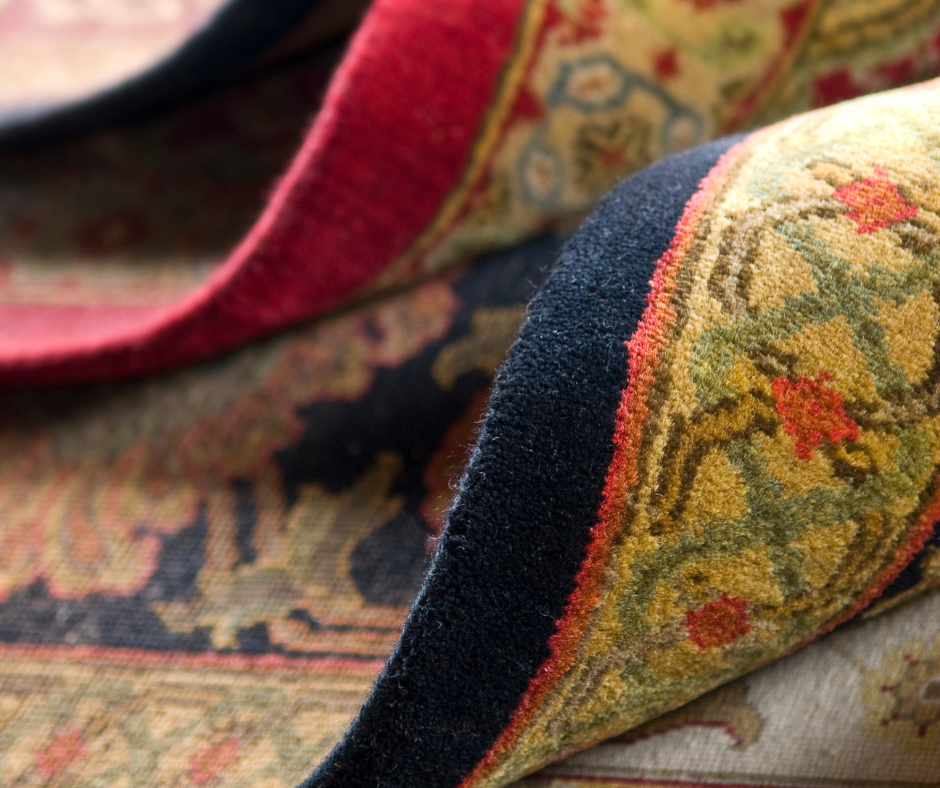
Most styles of Persian rugs are named for the town in which they were developed. Ziegler rugs are not. Ziegler rugs are named for a German company that recruited weavers with a specific style in mind.
Unlike traditional Persian rugs which go back centuries, Zieglers go back to the late 1800s. That’s when the company commissioned a softer, subtler kind of Persian rug. While other Persian rugs can have a bold presence, Zieglers have a more sedate design.
Zieglers have a cotton base with a wool top constructed from tight knots. A high knot-per-square-inch count gives them the strength that makes them last a long time.
While they incorporate traditional Persian rug knots, Ziegler rugs are also sometimes called Peshawar rugs because they also borrow from knots used to make Pakistani rugs.
Zieglers are also sometimes called Oushak rugs, which are a much-older style that relies on beige or ivory for its base. Some people might also call them Chobi rugs because of their wood-like appearance.
Thanks in part to their history, they are mass-produced in several countries, and old Zieglers can command a hefty price from collectors.
What Materials Are Used to Make Ziegler Rugs?
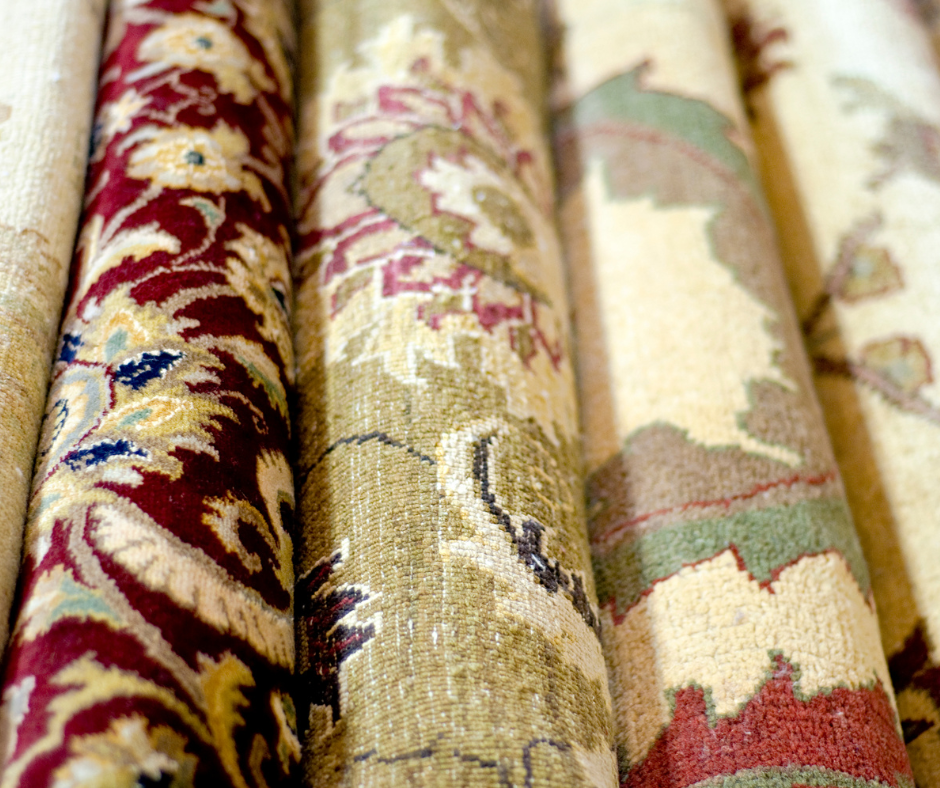
Like most Persian rugs, Zieglers are constructed with a cotton base and a wool topping. But, unlike other traditional Persians that are made from locally-available wool, Zieglers use imported wool.
Some Zieglers incorporate silk fibers to give them a brighter appearance.
The materials in a Ziegler rug are tightly woven using knots that are common across Persian and Pakistani rugs. The high knot-per-square-inch count gives Zieglers strength and durability.
What Sizes Do Ziegler Rugs Come In?
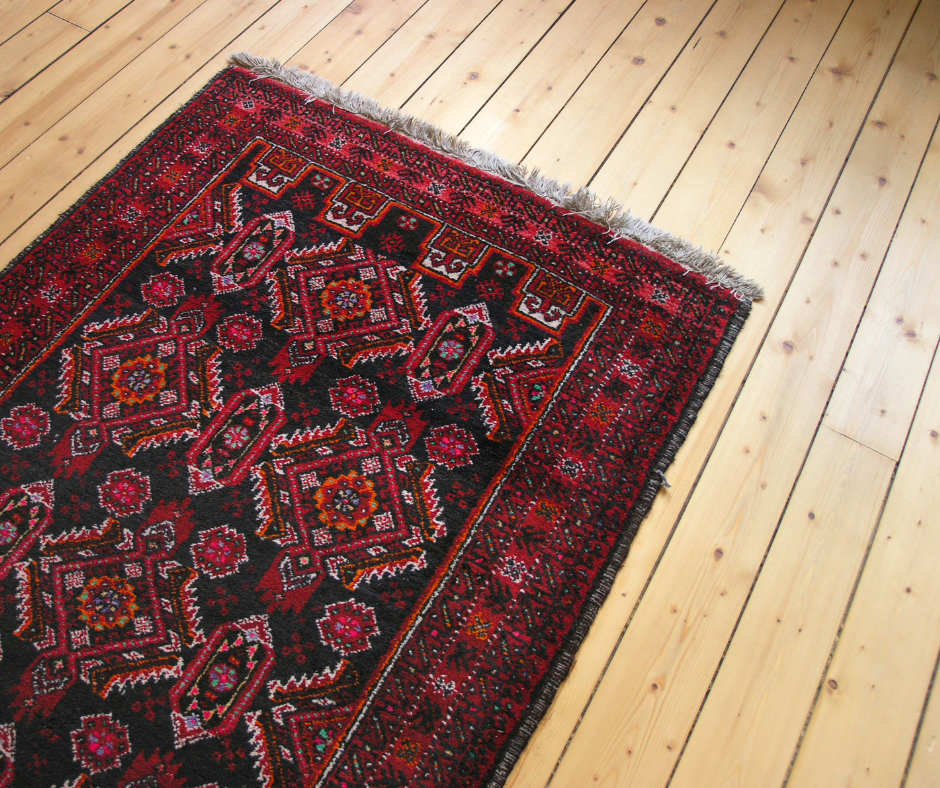
Mass production has its advantages, and one of those advantages is a range of sizes. You can find Ziegler rugs in a variety of sizes from 3’ x 5’ rugs for small rooms to 16’ x 20’ area rugs for larger spaces.
It’s also possible to find Ziegler rugs that are squares, rectangles, and circles.
What Color and Designs Do Ziegler Rugs Come In?
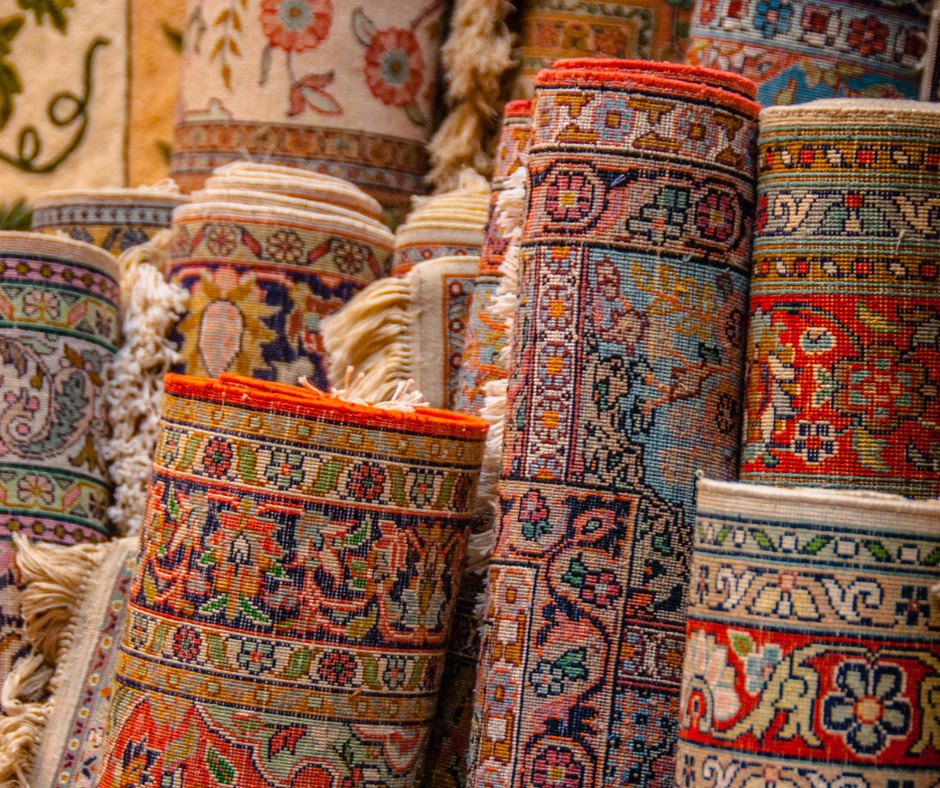
While some Persian rug styles are notable for streaks of bright color and showy designs, Zieglers are notable for sedate colors and calming appearances.
The primary base colors for Ziegler rugs are beige and ivory. Zieglers share these base colors with Oushak rugs, a much-older style of rug.
Unlike other Persian rugs that have a bolder center with calmer borders, Ziegler rugs have bold designs on their borders. Then, they either have a subtle center design or no design at all. This makes them perfect if you’re looking to place a piece of furniture in the middle of the rug.
What Are Some Tips for Purchasing a Ziegler Rug?
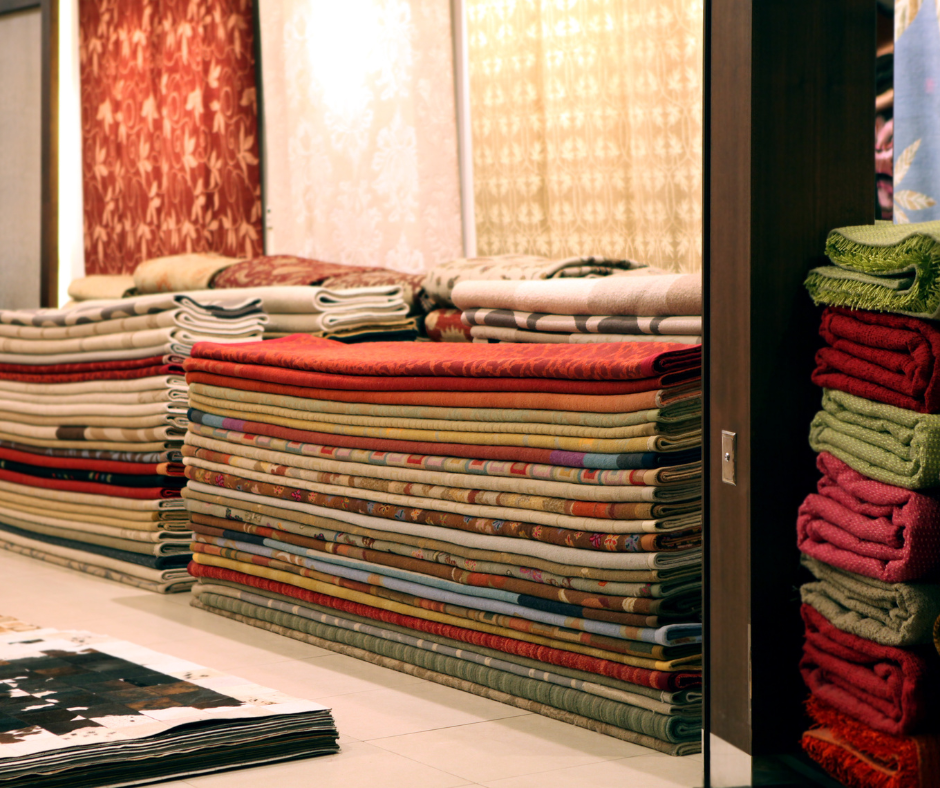
Because Ziegler rugs can be pricey, you’ll want to take care if you’re in the market for one. They are an investment and not a purchase to make lightly.
Here are a few things to consider when looking for one:
Count the knots per square inch
Ziegler rugs are famous for counts of knots, and they incorporate both Pakistani and Persian styles. In addition to being a feature of a Ziegler, rugs with high knot counts are durable and have a longer life on average.
Think about placement
They are expensive, so you’ll want to keep them out of areas that will get a lot of foot traffic. If the rug you purchase has a bold interior design, don’t cover it up by placing furniture on top of it.
Considering the placement also means making sure that the rug you buy complements, but doesn’t contrast, the room it’s in. A rug should work in the background, not be a focal piece.
Ensure you get the right size
If you’re going to purchase a rug that a bed will sit on, make sure there’s enough space around the borders of the bed so people can stand on the rug when they get up. That way, they won’t have to put their feet on the cold, bare floor.
Look into the materials
Ziegler rugs are made with a cotton base and wool top. If you can, find out what kind of wool the rug was made from and check into it. Some wools are more comfortable to stand on and some wools can withstand traffic better. Choose the wool that is the right fit for your home.
Make sure it’s authentic
Look for verification that the rug was hand-knotted. Hand-knotted rugs tend to have higher quality than machine-knitted rugs. They will also come with a higher price tag. However, if you have a modest budget, a hand-knotted rug is likely to be beyond it.
Check the price tag
Finally, consider the price. The price might tell you something about a rug other than how expensive it is. If you see a machine-woven Ziegler with a high price, you’ll know to move on to another choice.
Conclusion
Ziegler rugs are more subtle than other Persian rug styles. They don’t have any loud colors and the designs aren’t as bold. With a tight weave of high-quality wool, however, they make up for that subtleness in durability.
The style’s name might throw you off a bit because, unlike other Persian rugs, they aren’t named for a specific town. They’re named for the England-based German company that commissioned artisans to develop the distinctive Ziegler style.
If you found this article helpful, or you have an interesting anecdote about Ziegler rugs to share, feel free to leave a comment down below. We’d also love it if you shared this article on your social media networks.

